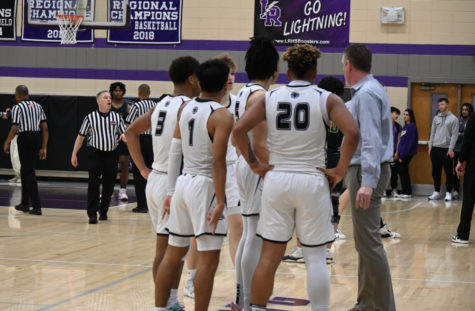Equal in Sacrifice and Glory
New African American Museum Opens in D.C.
December 1, 2016
The National Museum of African American History and Culture Museum in Washington D.C. held a dedication ceremony on September 24, 2016. The development of the museum began in 2012 with precise construction plans. A unique feature of the museum is that it incorporates African American symbolic pieces right into its architecture.
The museum’s architecture was designed by David Adjaye, who has designed other African American museums in Massachusetts. The corona atop the museum was inspired by three tiered crowns used in Yoruba art from West Africa. The metal lattice on the outside of the building is an intricate iron work crafted by enslaved African Americans in Louisiana and South Carolina.
Senior Neenah Williams comments, “[The African American museum] catches my eye and looks amazing at night. I could stare at it all day.” The museum is definitely eye catching and brings many visitors. In the first two weeks the museum hosted more than 100,000 people.
The location of the museum is very significant. To the north of the museum is the White House, to the east is the United States Capitol building, and to the south are the monuments for Thomas Jefferson, MLK Jr., Abraham Lincoln, and George Washington. All of these historic individuals had a profound impact on the history of African Americans.
“The museum gives the people a greater concept and understanding for why it was a necessity. The story of the slaves deserves to be told and it serves to unite us. It reminds us that we are all created equal and that we all deserve a voice,” comments English teacher Ms. Coke.
For years the African American community has felt culturally underappreciated and many are very glad to see this new addition in such a prominent location.
“I felt validated as a black American, and proud of the people who worked hard to make the museum happen. It choked me up and gave me a sense of pride…[Barack Obama] restored dignity to the slaves and he acknowledged the pain and suffering; but most importantly, he spoke of their bravery and their fight to end injustice, and that’s empowering,” notes Ms. Coke.
The 400,000 square foot museum is filled with more than 36,000 artifacts. These artifacts range from the dress Rosa Parks was sewing before she was arrested, to artifacts from a Portuguese slave shipwreck.
In the sports gallery there is an image of Olympic gymnast Gabby Douglas projected over statues of Peter Norman, Tommie Smith, and John Carlos, who are all track and field athletes. Smith and Carlos protested for racial inequality and raised their fists during their medal ceremony in 1968.
To honor America’s first black president, an exhibit holds items from President Obama’s inauguration in 2009, including furniture from a 2008 campaign office in northern Virginia, a cloth banner from Tanzania with an Obama portrait and message reading “Congratulations Barack Obama.”
This museum is a true dedication to African American history, but why did the public just get a museum in D.C. in 2016? “The African American community is really trying to step it up and is working harder to be noticed in a good way,” notes Williams.
Getting into this highly recognized museum is very difficult. To attend the museum, order timed passes online at https://nmaahc.si.edu/visit/passes. Passes for March 2017 are already sold out, so schedule your trip well ahead of time and enjoy the new museum!
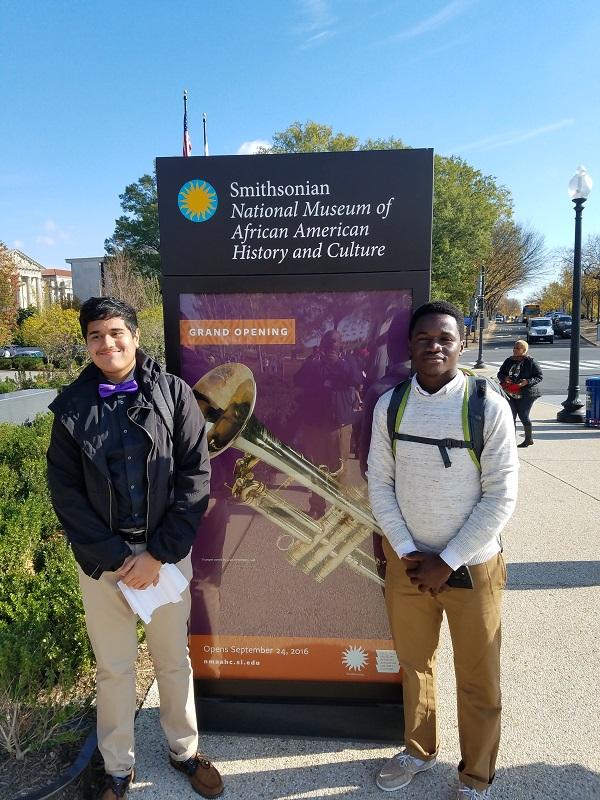
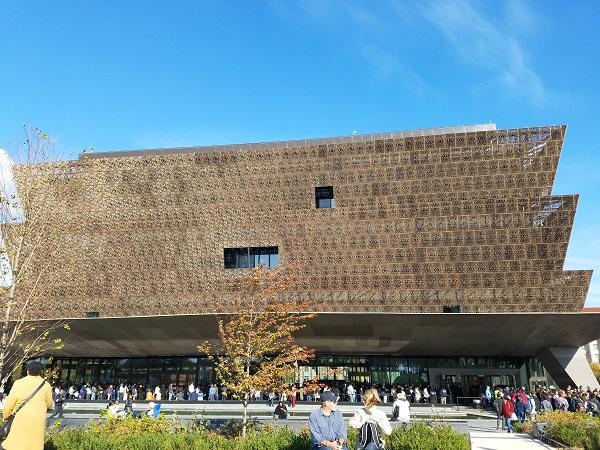
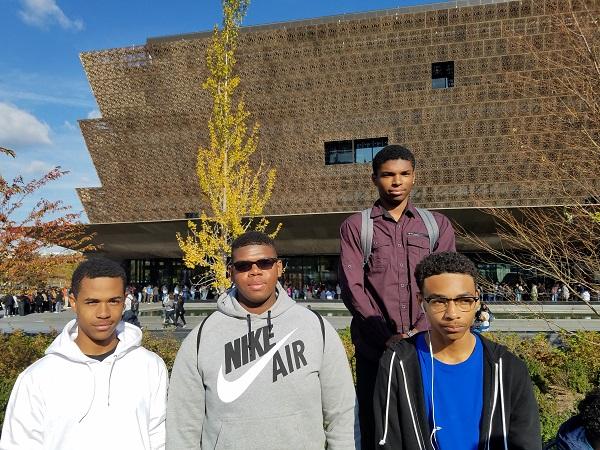

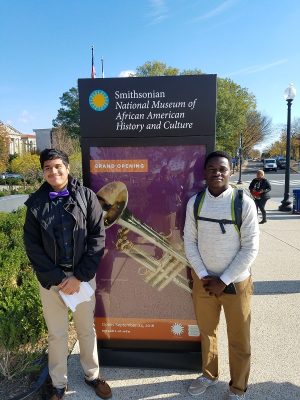
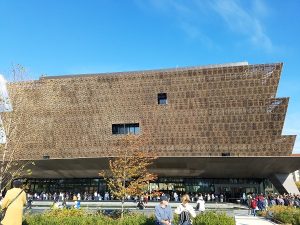
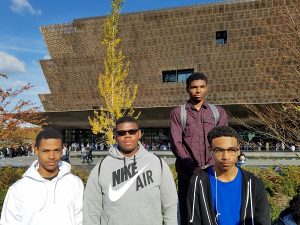
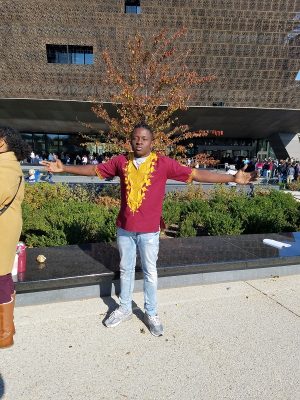
![Long Reach Boosters Club. (March 24, 2023 - 11:33pm). [Digital Image]. Long Reach Has Talent Show Spring 2023. Facebook, Retrieved April 17, 2023 from https://www.facebook.com/longreachboosters/posts/pfbid03kN5BKQj5TDefz1rtVZ5fTBBhjwA39UPPd8GctyMgFvY7B4RihH4rY4EqE7xPwikl.](https://lrhslightningflash.com/wp-content/uploads/2023/05/LR-Talent-Show-3-475x316.jpg)
